Dr. Doan Van Khanh, a young doctoral researcher who is favored by many medical students and colleagues at Tan Tao University (TTU), because of his endurance to thrive for achievements in research. Most recently, he has been accepted for the funding from the National Foundation for Science and Technology Development (NAFOSTED) with the subject: “Leptin signaling in regulation of tyrosine hydroxylase gene expression and catecholamine biosynthesis”.
It is known that this is the first national research of the School of Medicine that has been successfully funded and is also the first scientific research project Dr. Doan Van Khanh from the time he completed his doctoral program in Korea and returned to Vietnam to work at TTU.
The research of Dr. Doan Van Khanh focused on understanding the molecular mechanism by which leptin, a hormone secreted from adipose tissue, increases sympathetic activity through its impact on the biosynthesis of an enzyme. (bio-enzymes) called tyrosine hydroxylase. This is the enzyme that determines the pace of the biosynthesis of catecholamines, such as dopamine, norepinephrine, epinephrine – important sympathomimetic neurotransmitters. This molecular mechanism has not been clarified in previous studies or researches.
Leptin is extracted from adipose tissue so its concentration in the blood will be proportional to the amount of body fat. Normally, when an individual eats and gains weight, the amount of leptin will increase in the blood and affect primarily the central nervous system to reduce appetite and inhibit eating behavior. In addition, the sympathetic nerve is also stimulated to increase movement and energy consumption. Therefore, leptin helps balancing energy and maintaining body weight. However, for the obese, there is leptin resistance, which means that leptin concentration increases in the blood according to the amount of body fat, but the function will inhibit eating behavior and increase movement and decrease energy consumption of the body. But the fact is that the sympathetic nerve in obese people is still overactive and leptin is thought to be involved in this sympathetic stimulation (i.e., not being resistant).
That excessive sympathetic activity in obese subjects is one of the factors leading to nervous tension, excessive activity of the cardiovascular system, metabolic disorders and disorders of the immune system and the introduction of to long-term consequences for the body such as chronic anxiety, depression, hypertension and cardiovascular disease, impaired glucose-lipid regulation, insulin resistance and cancer proliferation. Understanding the molecular mechanism of leptin in stimulating sympathetic nerves in obese subjects (with increased blood leptin and leptin resistance) is an important first step in developing obesity treatment and metabolic disorders and cardiovascular disease caused by obesity more appropriately and safely.
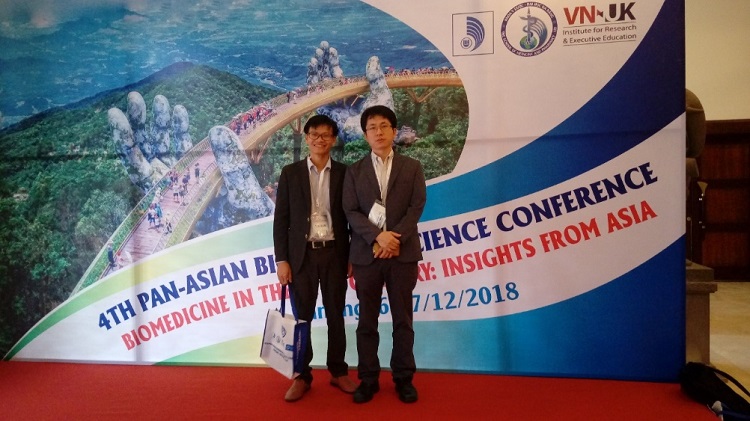
“During my research in Korea, I noticed that some previous studies showed leptin increases the enzyme tyrosine hydroxylase. On the other hand, my previous studies also yielded the results that the lower secondary leptin transmitters are STAT3 and FoxO1. And it was from my doctoral thesis that I discovered the interaction between FoxO1 and tyrosine hydroxylase in the dopamine sympathetic nervous system. Since then, the hypothesis that leptin increased biosynthesis of tyrosine hydroxylase through the regulation of FoxO1 and STAT3, thereby affecting the concentration of sympathetic neurotransmitter norepinephrine has been formed.” said Dr. Khanh.
During his waiting, despite being slightly depressed, his confidence still remains the same because he believed his publication to be the most thorough and scientifically trusted. Indeed, “no pain no gain”, great news has come. Surpassing numerous researchers from many educational institutions across the country, Dr. Khanh can’t hold his excitement: “As soon as his research proposal got accepted by NAFOSTED’s sponsorship – is approximately after 4 months working at TTU. It’s very surprising because it is arduous for a young doctor to get funding to do a state-level research of NAFOSTED”
As he began to feel relieved, he realized that getting a grant to do research in Vietnam was one thing then, what coming after, mattered. He had reason to be worried because it depends a lot on human conditions, facilities etc. And besides, he is still a young doctor, just coming back to Vietnam. How could a man with no relationship to higher authority pursue his scientific ambition.
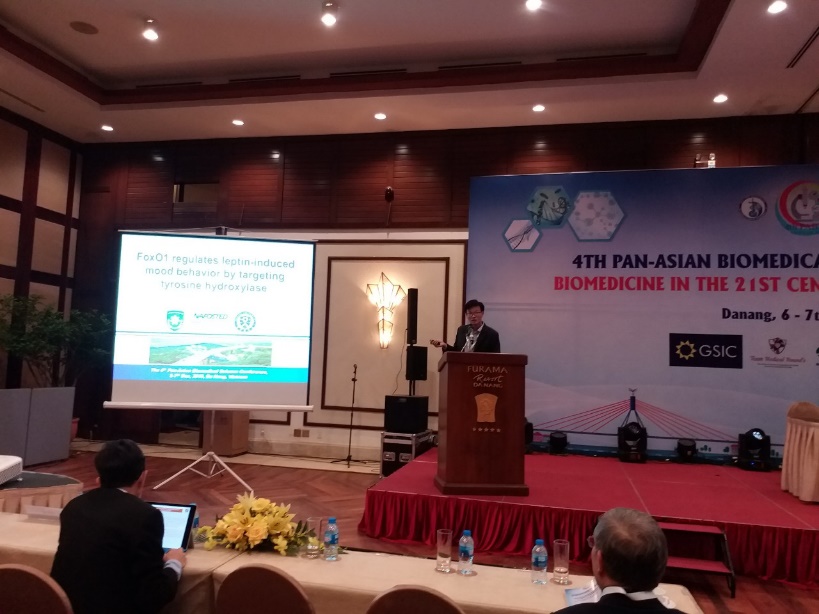
Moreover, the research team must commit to publish at least two ISI articles, including at least one in the leading journals, at least. 01 domestic article and instruct at least 1 graduate to do scientific research. “This is a challenge not only for me, but also the whole team but it all comes down successfully due to the effort of everyone and great support from Prof. Thach Nguyen – Acting Provost of TTU and Prof. Ki Woo Kim of Yonsei University, South Korea”.
“It’s Still Difficult To Do Research In Vietnam”
Scientific research at Vietnamese universities are always underestimated not only in terms of vision but also on the effectiveness of the topics. As a researcher, Dr. Khanh understands the existing problem. Many universities only focus on training and teaching activities and research activities have not been in concentration, so they are weak in terms of “quality” and “quantity”.
The second difficulty Dr. Khanh has encountered that TTU does not have a postgraduate training system, so there is no source of young researchers. Therefore, the implementation of research gets arduous. “At first, I myself was not in charge of teaching the entire program of Pharmacology, Clinical Pharmacology in the Department of Pharmacology for 2 classes of Y3 and Y5 students (being the only lecturer in the Department to undertake the entire program). I also have to do experiments on mice by myself. And again, I have to thank Prof. Thach Nguyen and School of Medicine – TTU at that time allowed me to recruit an additional assistant as MA. Nguyen Van Linh for the Department of Pharmacology. Mr. Nguyen Van Linh has made a great contribution to the implementation of experiments in Vietnam which helped the project to be carried out in time.”
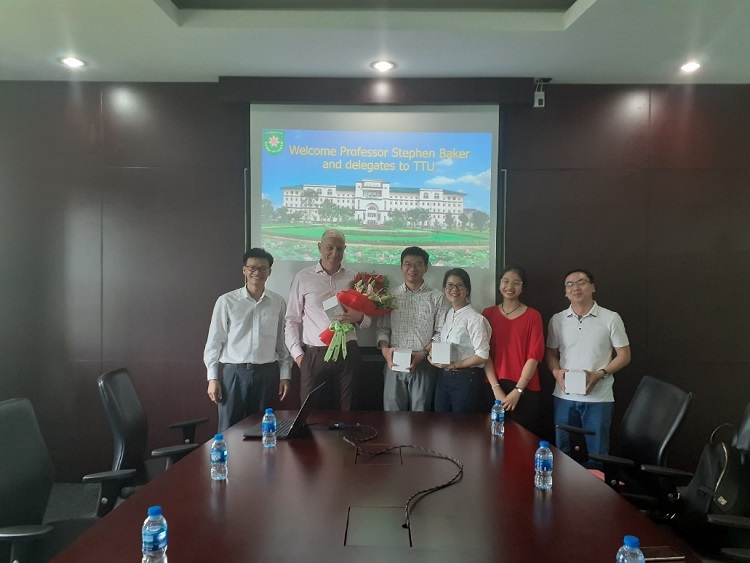
The third difficulty in carrying out scientific research is the administrative procedure and license to do research. Dr. Khanh, the first to do experimental NAFOSTED research, had to fumble by himself. In addition, he also encountered a lot of difficulties in the procedure of disbursement of the funding, bidding for the purchase of raw materials, completing the administrative and accounting document.
“Investment For Science In Vietnam Is Always Cheap!”
After passing the assessment from NAFOSTED, I am delighted that in the end my efforts and the results of the research have been recognized“. However, to make this far, it’s a trade-off and he’s gone through countless difficulties and challenges.
Admittedly, the investment in scientific research will not yield the result as the building bridges and houses in construction. Therefore, we are always determined on the near goals, which are nurturing economists and good engineers to build up the country. This has inadvertently abandoned the theoretical researchers – the core of everything. It sounds far-fetched, but that’s the necessity and the prerequisite. Economists, engineers, and good doctors must be visionary who focus on the big picture, not the details. Therefore, every field requires a scientific research and analysis mindset.
There is only one institution in Vietnam that can fund basic research – the National Foundation for Science and Technology Development (NAFOSTED) under the Ministry of Science and Technology. Although funding provided for a small project is about 600-800 million VND / 1 topic to be implemented in 2-3 years which is 300-400 million average / year. / 1 topic, Dr. Khanh’s hypothesis convinced NAFOSTED and got funded for about $ 50,000 for 2 years which is much higher than the average funding for a research of NAFOSTED in Vietnam.
In return, NAFOSTED also imposed strict requirements on approved research. For example, in order to be funded, a topic must commit to publish at least 2 articles published in ISI journals and instruct graduate students for research. Moreover, if in the first year passed with no publication (half of the requirement), the funding would stop. Scientific research is a process. And if anyone chooses science as a long-term career, then they must have unrelenting passion and effort.
“In the US and Europe, this is very different because for beginners in science careers, organizations often do not put too much pressure on the results of the publication but focus on the evidence in building research groups, laboratories and developing future research careers”.
“I fully understand this and sympathize because the funding is very large and difficult to persuade because scientific research (especially basic research) is not quickly lucrative and visible as other activities” – Dr. Khanh said.
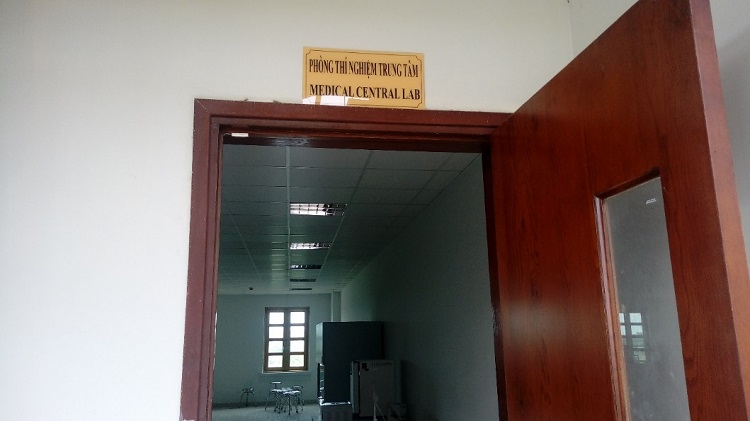
Prof. Thach Nguyen and TTU also had guidelines and desires to promote scientific research at TTU, but investment in building laboratories, buying specialized equipment for biomedical research also takes a long time to prepare. Therefore, in the future, TTU will continue to thrive in order to create the most favorable conditions for both lecturers and students in the research process.




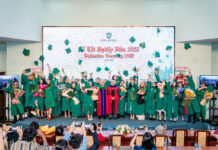
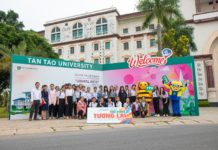
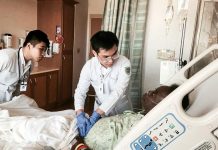



![[Giải đáp thắc mắc] Học ngôn ngữ Hàn có khó không? Học ngôn ngữ Hàn có khó không?](https://ttu.edu.vn/wp-content/uploads/2025/12/hoc-ngon-ngu-han-co-kho-khong-1-218x150.png)



